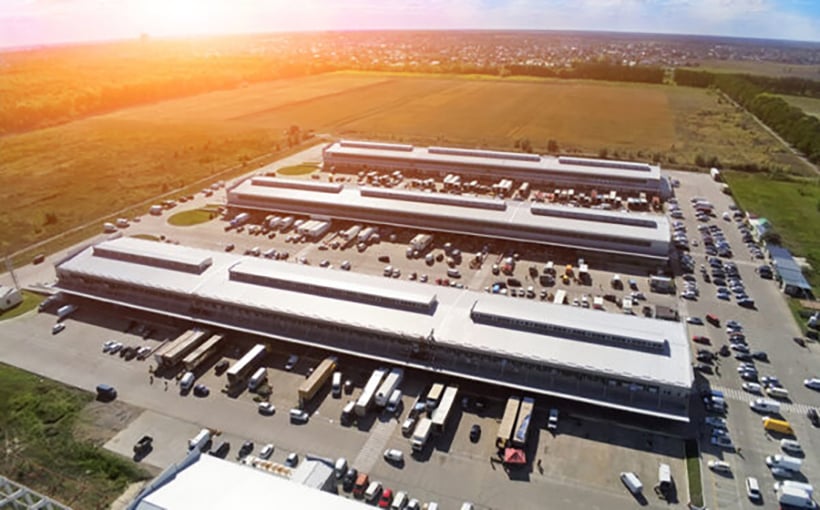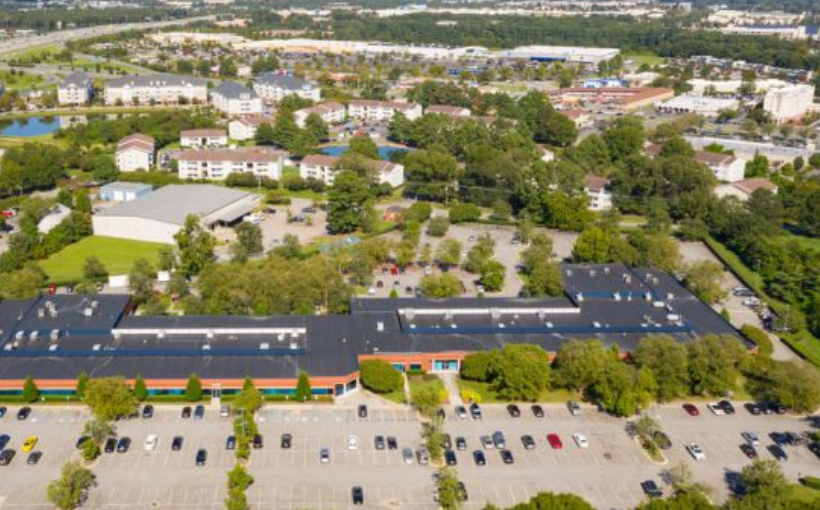The industrial construction boom occurred between late 2020 and 2022, driven by high demand for warehouse and logistics space. However, as interest rates rose and geopolitical factors affected the market, both construction and absorption decreased from 2023 onward. According to Q4 of 2024 reports, the market is close to reaching its lowest point.
Despite facing challenges such as high interest rates, inflation, labor disputes and election uncertainties throughout the year of 2024,the U.S. industrial market remained resilient with modest growth according to Cushman & Wakefield’s MarketBeat Industrial Report . On the other hand,JLL’s United States Industrial Market Dynamics reported that tenants exercised caution in making significant commitments due to ongoing uncertainties in the market.
CBRE’s U.S. Industrial Report noted a decrease in annual absorption levels while also seeing a decline in construction completions.Additionally,CBRE analysts stated that rents were declining as landlords focused on occupancy rather than increasing prices.
Colliers’ U.S.Industrial Market Statistics Report showed an increase in vacancy rates nearing pre-pandemic levels due to normalized construction activity combined with gradual recovery of demand.JLL analysts attributed this trendto economic uncertainties,a shift towards smaller lease sizes,and fewer speculative deliveries.Cushman & Wakefield agreed,stating that higher interest rates,inflation,labor disputes,and election concerns contributedto sluggish absorption,rising vacancies,and decreasing rent prices.Tenants also aimed at reducing costs while improving efficiency during this time period according Lee & Associates’ Q4of 2019MarketReport .
Looking ahead,the outlook fortheindustrial sectoris positiveaccordingto JLLanalysts who predict it will experiencegrowth after reachingthe bottomofits current cycle.Vacancyrates are expectedtominimallyincreaseinthe first half of
In addition,colliers predictsstabilizationinrentpricesas markets reset.CBRE anticipatesa decrease instartsleadingtosignificantlylessnewlyavailablespacein thecomingquarters.JLL analysts also noted that this could be accompanied by increased demand from logistics companies due to a rise in nearshoring strategies.
Lee & Associates’ Q4 2024 Market Report explained that business owners had halted expansion plans as early as 2023,waiting for the outcome ofthe general election and its potential impact on tariffs.
Looking ahead,the industrial sector is expected to achieve balance with minimal net absorption slowing down vacancy rate increases in 2025. The decrease in construction starts will also contribute to this trend accordingto Lee & Associatesanalysts.Additionally,new supply reductionwill help speed up therecovery processaccordingto Colliers analysts.Cushman & Wakefield sharedthis optimism,statingthat despite potential challenges suchas tariffsand geopolitical risks,the U.S.industrial marketis poised forgrowthin 2025.With fewer deliveries and construction starts,vacancy rates are expectedtostabilizeand potentially declineby late-early year.However,this outlook may vary dependingon themarket.”Certain markets continue to see more development than others,leadingto higher vacancy rates and longer recovery periods,” added Colliersanalysts.Furthermore,some Sunbeltand Midwestmarketswithless restrictions on new developmentsare still experiencinga record waveofsupplywhichmay take over two yearsfor tenantsabsorbfullyaccordingto Lee&Associatesanalysts.




